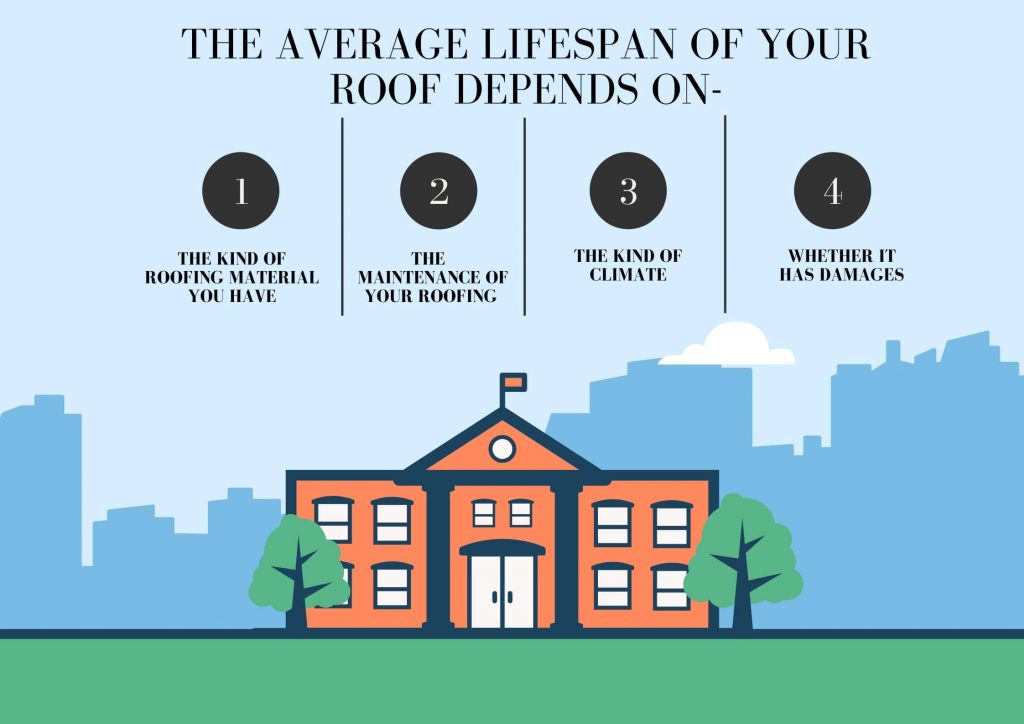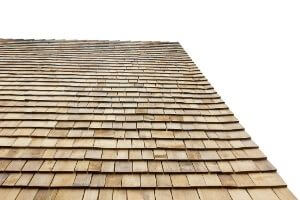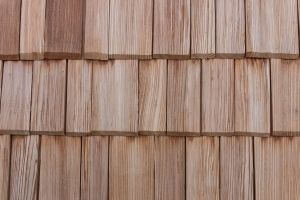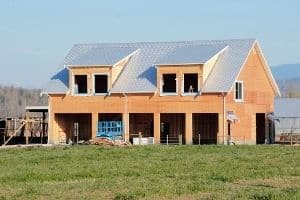It doesn’t matter whether you have a metal roof, a tile roof, or an asphalt roof. You have to know when it’s due for maintenance or replacement. Most people will notice a roof leak before they can ask, “How often should you replace your roof.” Unless you notice missing shingles or a leaky roof, you won’t bother about what is happening on your roof.
You must ensure regular inspection of the roof. This will help to identify problems sooner rather than later. If you’re wondering, “should I repair or replace my roof” this will depend on many different factors. Your local roofing contractor should tell you whether you should replace your roof. They should also let you know whether you need to repair your roof during an inspection.

One of the questions on your mind may be “how often should you check your roof”. Ensure that you get an inspection done twice every year. You can catch some of these issues before they take a turn for the worse. If roofing material has some of the issues that we’ve mentioned above, it may need a replacement.
The average lifespan of your roof depends on many different factors. Let’s look at some of them below:

We will address the average roof replacement time of the type of roofing material you’re using. If you’re ready to learn more about your roofing, please keep reading.
The Complete Guide Of How Often Should You Replace Your Roof!
Different factors will determine if your roofing company will replace your roof. They will also determine whether your roofing expert will repair your roof. Below, we discuss the different types of roofs and their life expectancy.
Asphalt Shingles

A 3-tab asphalt shingle roof should last you between 15 to 20 years before you need to replace it. But, an architectural asphalt shingle roof will last you ten years more than the 3-tab. They more resilient.
Cement/Clay Tile Roofing

A cement/clay tile roofing should be your best option if you’re looking for hardy roofing. They are heavy and resilient. Since they are heavy, you can only install them on roof enforcement that are sturdy.
This kind of roof will give you your home and your business some extra security. This kind of roofing is durable. It can last up to 100 years, so you don’t have to worry about roof replacement too often.
Slate Roofing

Like cement/clay tile roofing, a slate roof is long-lasting and can last up to 100yeas.
Wood Shingles

A wood shingle roof will last up to 30years. But, it requires frequent maintenance. Wood shingles roofing has issues that affect it such as the growth of moss. Also, they trap moisture quite a bit, which can give way to decay.
Besides, it is susceptible to damage by fire. If this happens, you will have to replace the entire roof. You should expect your wood roofing to last you up to 50years if you keep up with regular maintenance.
Wood Shakes

The better you can maintain a wood shake roof, the longer it will last. This type of roofing material is thick. But, it is more resistant to the harsh climate and direct sunlight as compared to the shingle roof. Like wood shingle roofing, how much you take care of your wood shake will determine its longevity.
Metal Roofing

If you’re looking at durable options for your roofing, you should consider metal roofs. Common metal roofing materials include zinc, galvalume, aluminum, copper, and stainless steel. Metal roofing can last up to 50 years. But, options such as copper and zinc can last more than 100years.
Factors That Affect the Lifespan OF Your Roof
We’ve said before that the lifespan of your roof depends on the material it’s made of. We have also talked about identifying the signs your roof needs repair. But, other factors will affect your roof. How long your roof lasts will depend on the weather it’s subjected to as well as maintenance.
For instance, certain kinds of weather will subject wood shingles to mold or cracks over time. But, metal roofs, that can be resilient, are also subject to corrosion. Asphalt shingle roofs are very light. Due to this, they can get loose if installed in places with high winds. So, you must schedule annual roof inspections to ensure your roof lasts as long as it should.
If you need tool belt for roofer, check out our best tool belt for roofing.
The Kinds of Roof Damage That Will Shorten the Lifespan of Your Roof
If you have any damage on your roof that you don’t fix as soon as you should, it will worsen. Here are some types of roof damage you should know about. These could decrease your roofing’s lifespan.

Leaks and Holes
Holes in your roof that can pass through rays of sunlight are one of the signs of roof damage. Some holes and cracks can let rainwater in. This will cause further damage to your roof or personal property. Scheduling regular maintenance will allow you to identify damages before they get worse.
Water Stains and Moisture Damage
If you notice a stain on your ceiling, a puddle in the attic, or some yellow stains on the wall, you may have a water leak. If you have a sagging roof, it is a sign of extended water leaks. You have to ensure that you get your contractor to check it out before it causes damage to the rest of your property.
Damage on the Exterior of Your Roof
Other than the internal signs of damage to your roof, there are external damages too. Some visible signs of external roof damage include missing, damaged, and rotten shingles. A roof that has no damages on it should look uniform. If you discover that yours isn’t neat, you should get it checked.
Sometimes, you may notice unmatched patches on your roof from previous maintenance. This could show that the roof technician you hired is not reliable. If you have damaged shingles, you will likely find pieces of them in your gutter. To avoid unwanted surprises, ensure that you do regular checks on your gutters. This helps to rule out damaged or missing shingles.
Conclusion
From the information that we’ve provided above, you must have a clear answer to the question we asked, “how often should you replace your roof?” Make sure that you take into account the average lifespan of your roofing material.

Before you ask, “when does a roof need to be replaced”, remember that you have to consider its maintenance first. A well-maintained roof will last you a long time. If it isn’t maintained well, its life expectancy will decrease. If you’re still over the fence about when to replace your roof, try to look out for the signs of roof damage that we’ve mentioned above. They will be a good starting point when you have to determine whether your roof needs a replacement or not.
